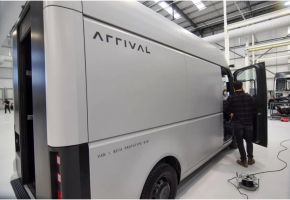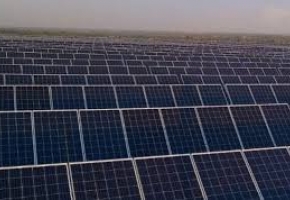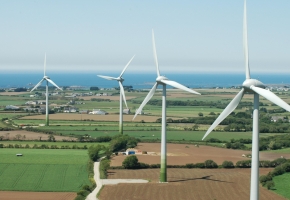China’s artificial sun breaks its own record to maintain ‘highly confined, extremely hot’ plasma for 403 seconds

In a breakthrough, the Experimental Advanced Superconducting Tokamak (EAST) in the eastern Chinese city of Hefei produced and maintained plasma for 403 seconds, beating its own previous record of 101 seconds set in 2017.
The quantum leap was achieved after more than 120,000 runs. The recent achievement represents another significant step towards developing highly effective, reasonably priced thermonuclear fusion reactors.
Moreover, it is expected to serve as a crucial experimental foundation for the International Thermonuclear Experimental Reactor’s operation and China’s independent development and operation of fusion reactors.
The ultimate objective of EAST, based at the Institute of Plasma Physics under the Chinese Academy of Sciences (ASIPP) in Hefei, is to produce nuclear fusion similar to that of the Sun using materials abundant in the sea to offer a continual stream of clean energy.
The main significance of this breakthrough lies in the high confinement mode. The scientists claim that high confinement plasma operation significantly boosted particle temperature and density, laying the groundwork for future fusion power plants to generate more electricity cheaply and efficiently.
For more than 70 years, researchers have worked to harness the power of nuclear fusion, which stars, including the sun, use to burn. So-called main-sequence stars may produce massive amounts of energy without emitting greenhouse gases or long-lasting radioactive waste by fusing hydrogen atoms to create helium at extremely high pressures and temperatures.
Source: The Eurasian Times
Image: The Eurasian Times







